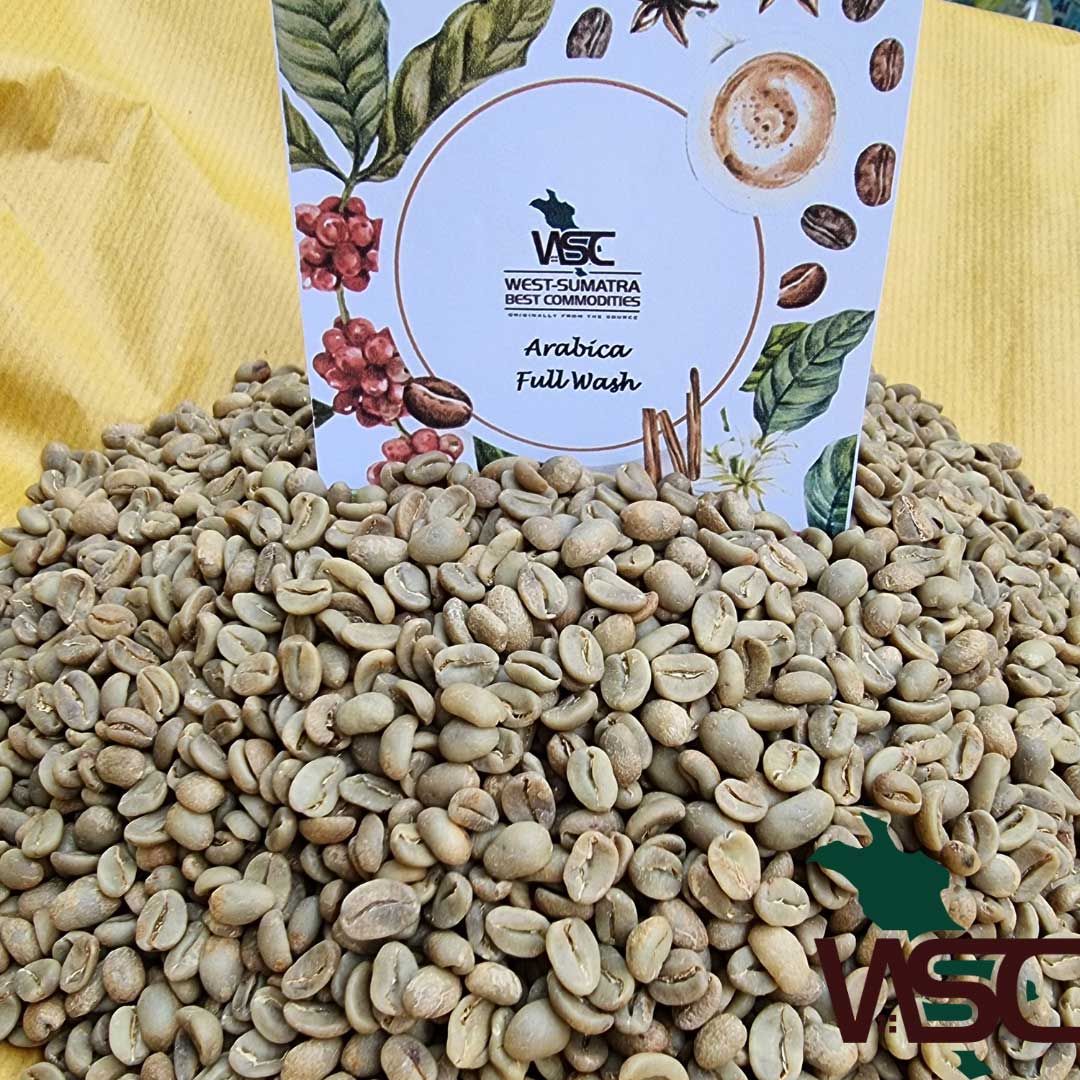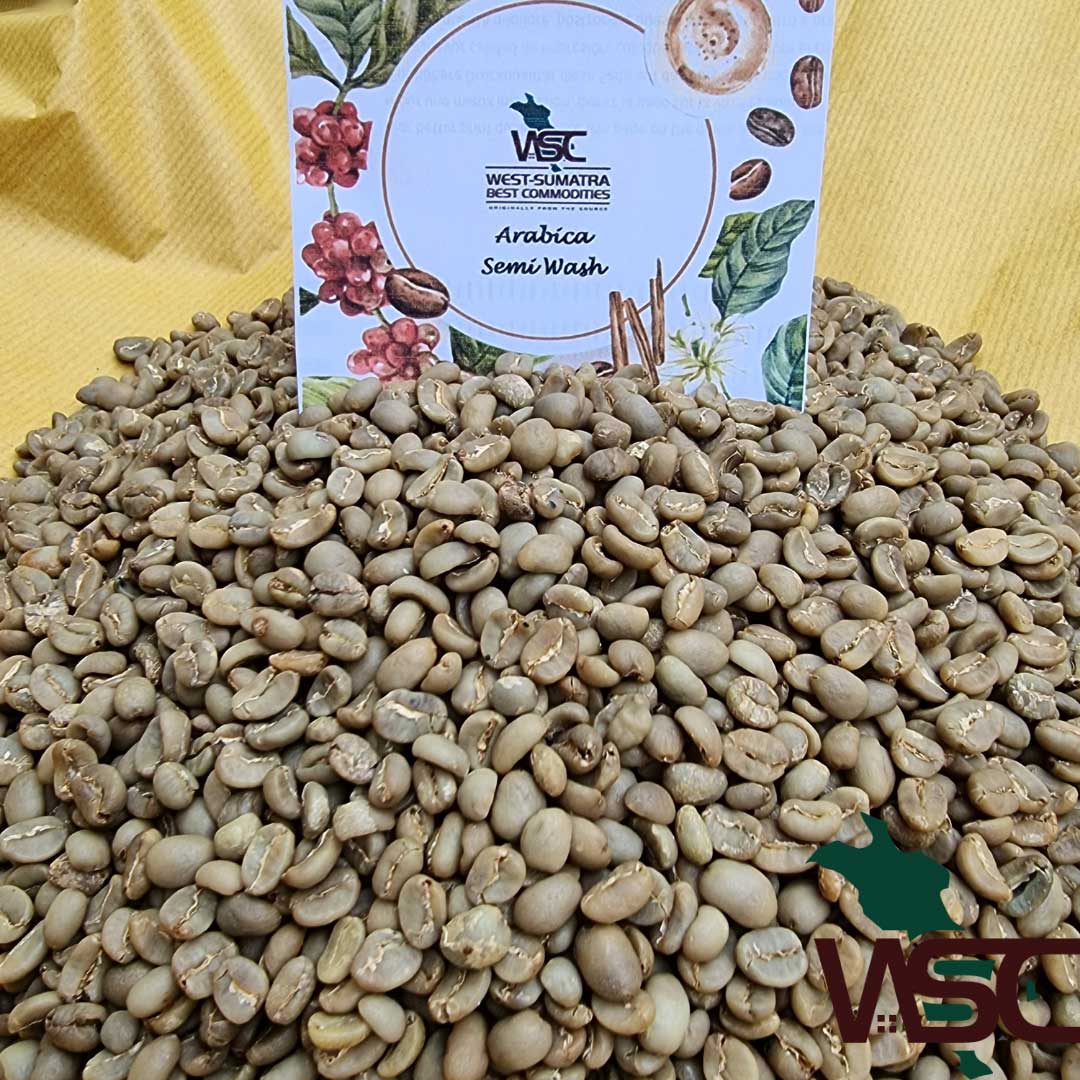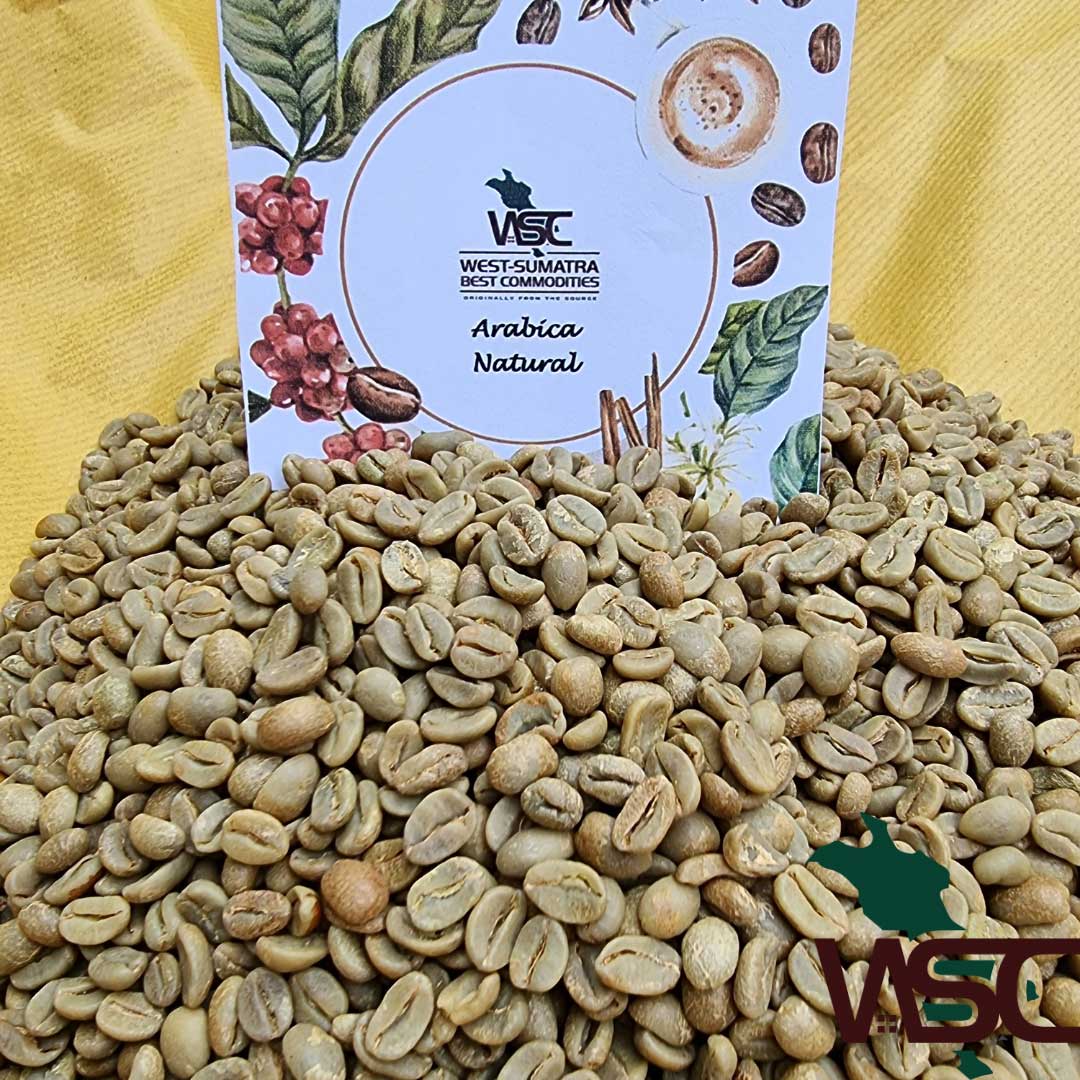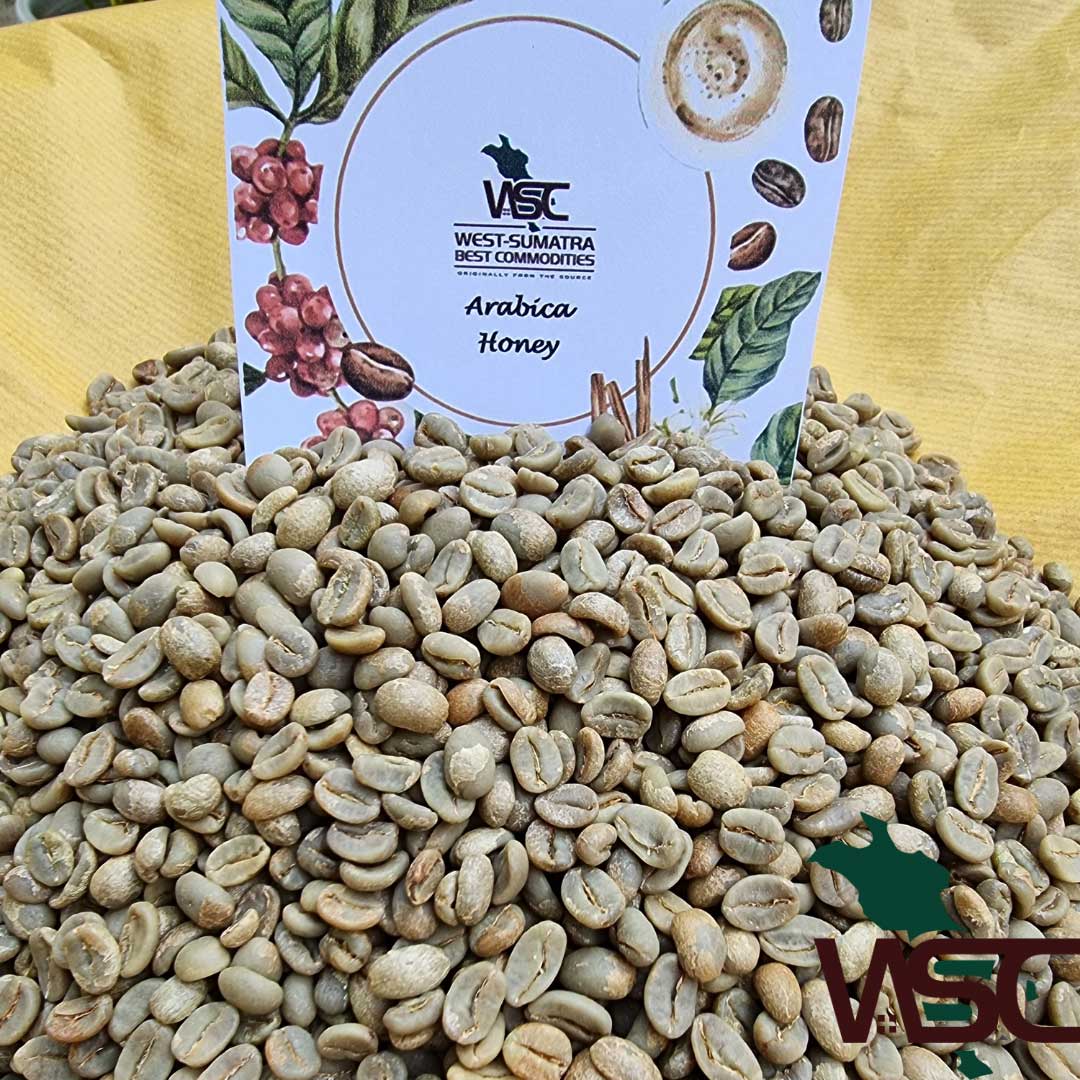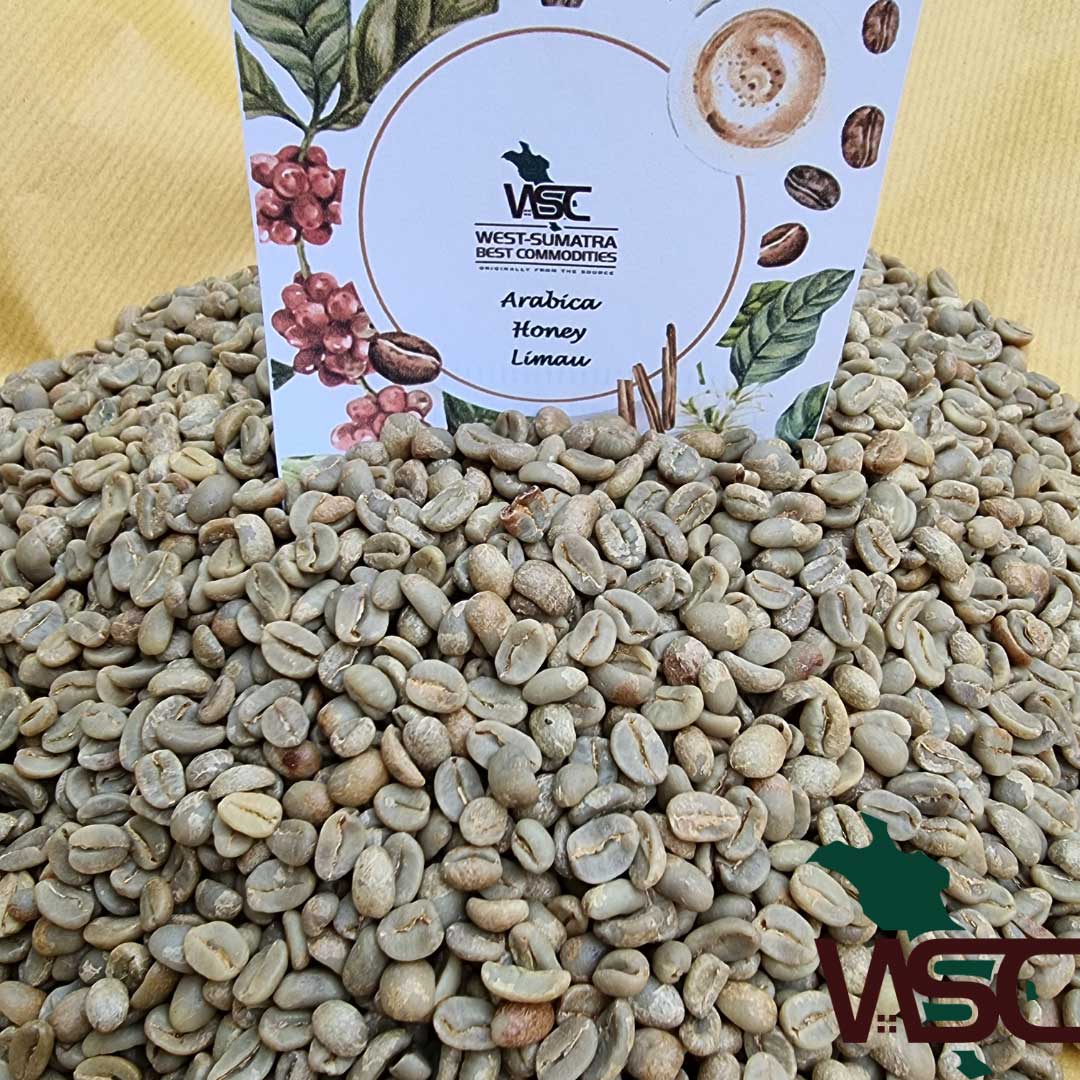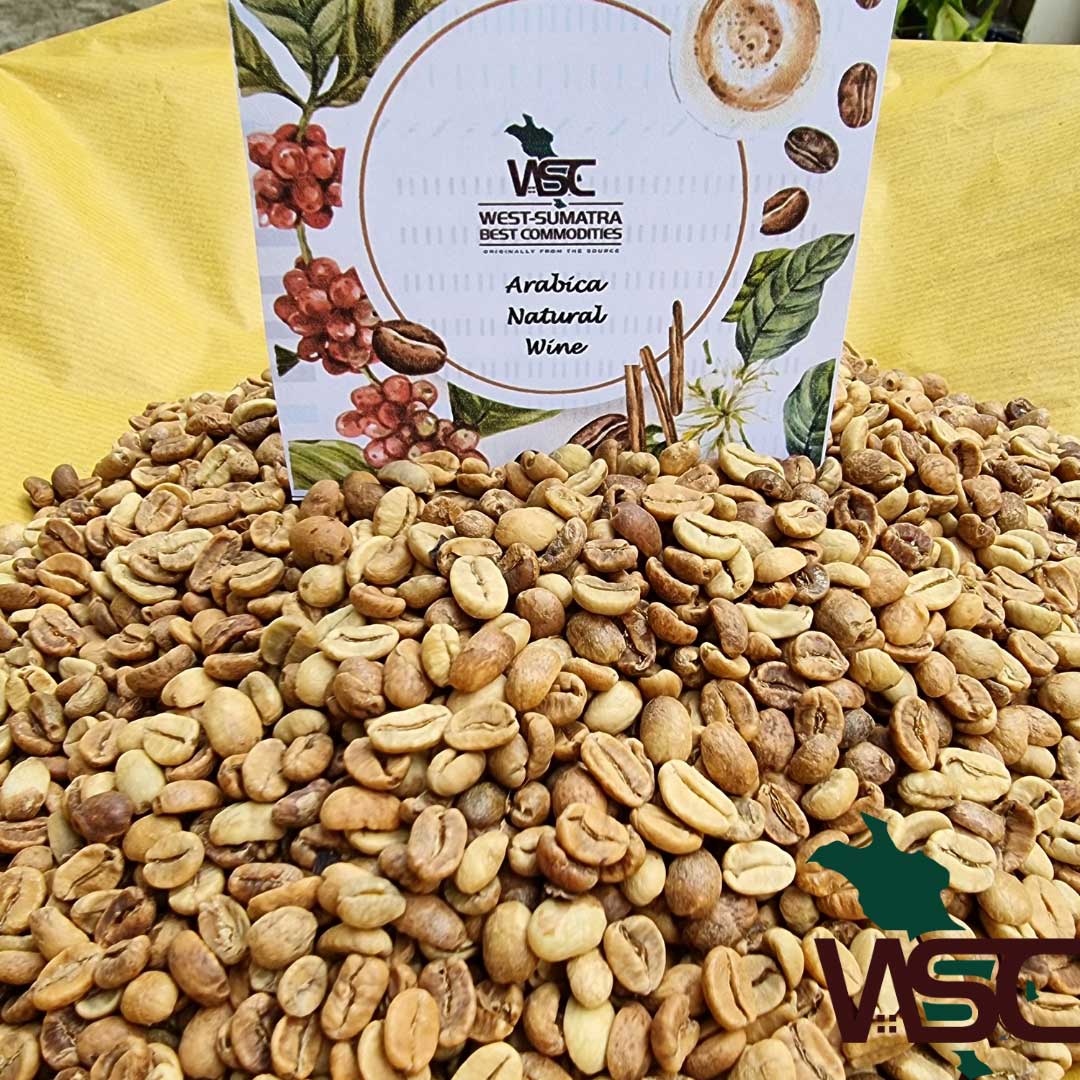The Process Behind Coffee Arabica and Robusta
1. Harvest
Robusta coffee takes 8-11 months from bud to ripe, while Arabica coffee takes 6 to 8 months.
2. Sorting and Pealing
After the coffee cherries are harvested, immediately do the sorting. Separate the fruit from dirt, diseased fruit and fruit defects. Also separate the red fruit from the yellow or green fruit. Smooth and red fruit separation (superior fruit) with inferior fruit is useful for distinguishing the quality of the coffee beans produced.
Peel the skin of the coffee cherries, recommended with the help of a peeler. There are two types of peeling machines, manually turned and machine powered. During stripping, run water continuously into the peeler.
The function of flowing water is to soften the fruit skin tissue so that it is easily separated from the seeds. The result of the process of peeling the fruit skin is seeds that still have horn skins, or also called HS coffee beans.
3. Fermentation Process
Ferment the peeled seeds. There are two ways, first by soaking the seeds in clean water. Second, pile the wet seeds in a cement tub or wooden tub, then cover the top with a burlap sack that must always be moistened.
The duration of the fermentation process in a tropical environment ranges from 12-36 hours. The fermentation process can also be observed from the layer of mucus that covers the seeds. When the coating is gone, the fermentation process can be said to be complete.
After fermenting wash the seeds again with water. Clean the remnants of mucus and fruit skin that is still attached to the seeds.
4. Drying Process
The next step is the fermented HS coffee beans are dried. The drying process can be in the sun or with a dryer. For drying, spread the HS coffee beans on the drying floor evenly. The thickness of the seed pile should be no more than 4 cm. Turn the seeds regularly, especially when they are still wet.
The drying time is about 2-3 weeks and will produce coffee beans with water content ranging from 16-17%. While the desired water content in this process is 12%. The water content is the equilibrium water content so that the coffee beans produced are stable, not easy to change taste and resistant to fungal attacks.
To get the water content as desired, do further drying. However, this step is usually a bit long considering that previously the coffee beans have been soaked and fermented in water.
Usually, further drying is carried out with the help of a tumble dryer until the moisture content reaches 12%. This step will save more time and effort.
5. Pealing Process
After the HS coffee beans reach a moisture content of 12%, peel the skin of the horn that covers the beans. Peeling can be pounded or with the help of a huller. Recommended with a machine to reduce the risk of damage to coffee beans. The results of stripping at this stage are called green beans.
6. Final Sorting
After the coffee beans are produced, do the final sorting. The goal is to separate dirt and broken seeds. Furthermore, the coffee beans are packaged and stored before being distributed.


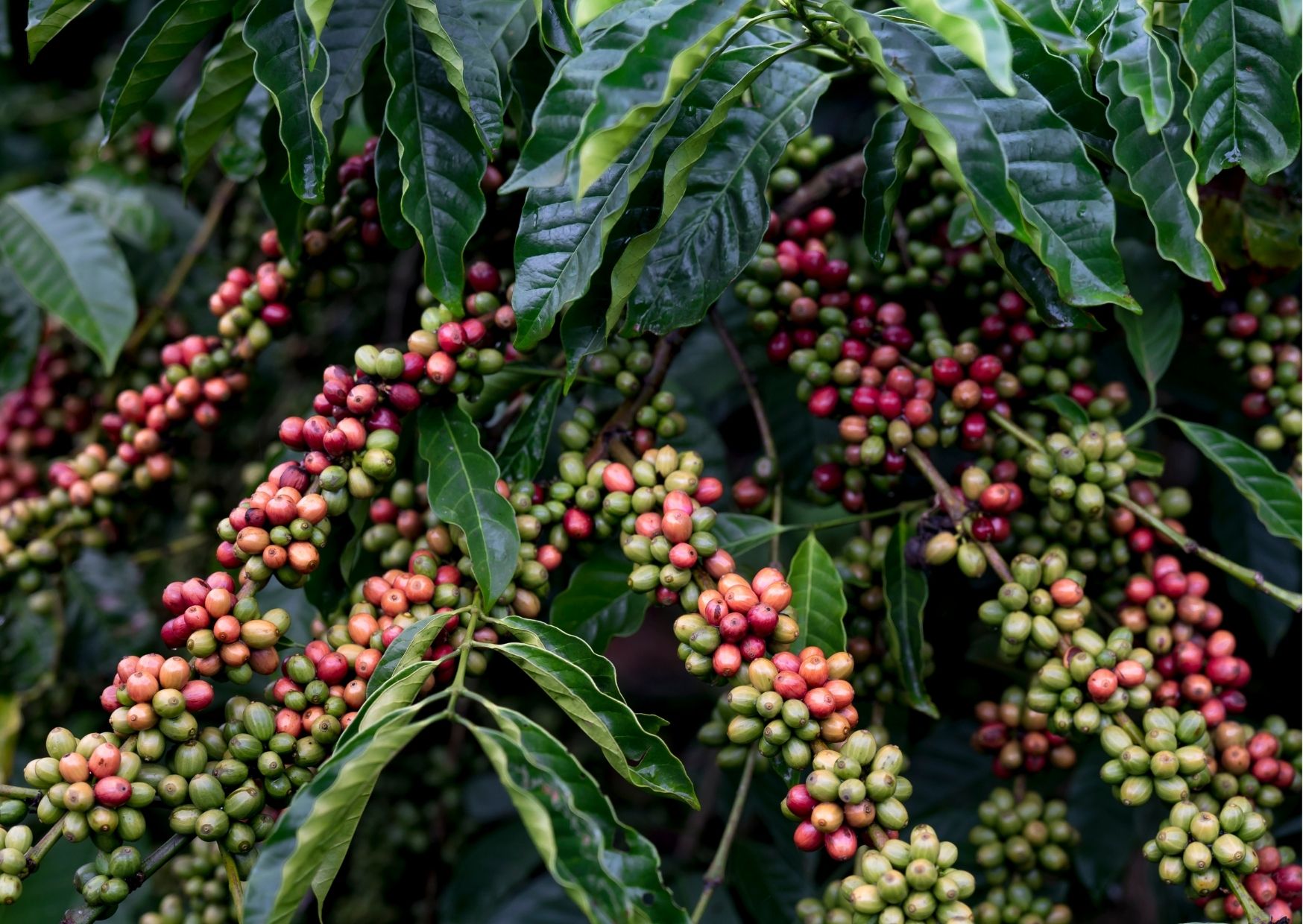
.png)
.png)
.png)
.png)
.png)
